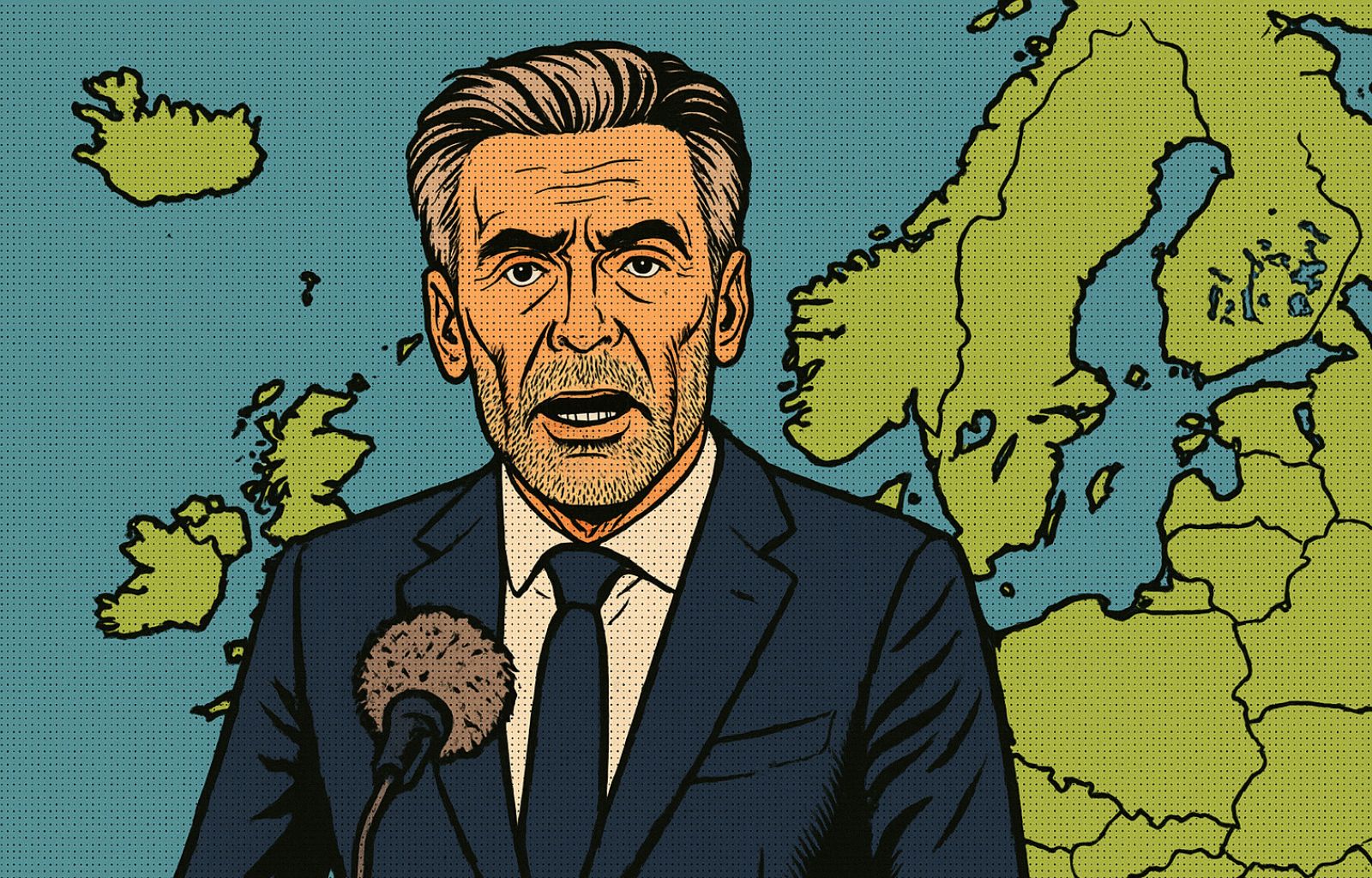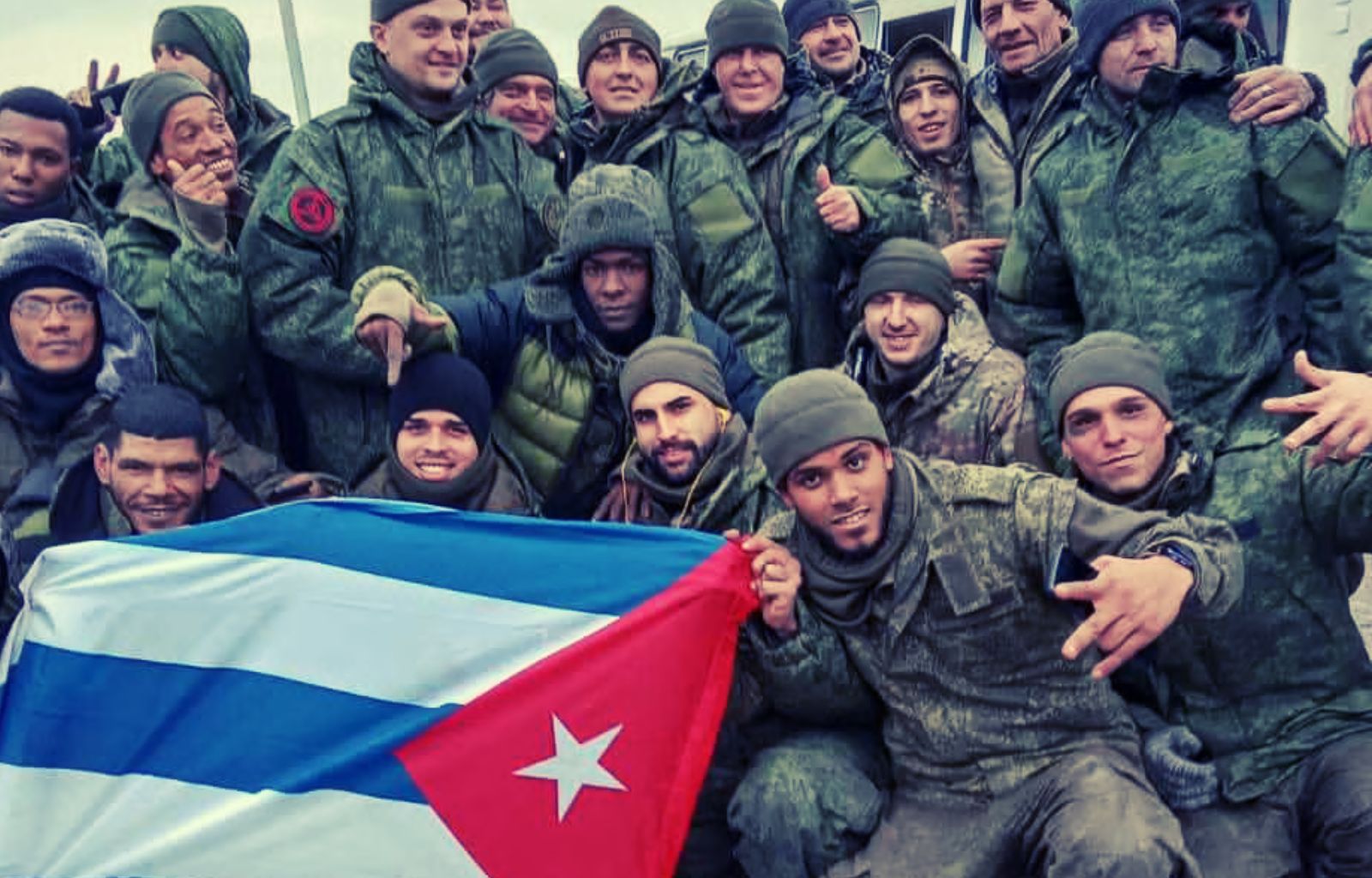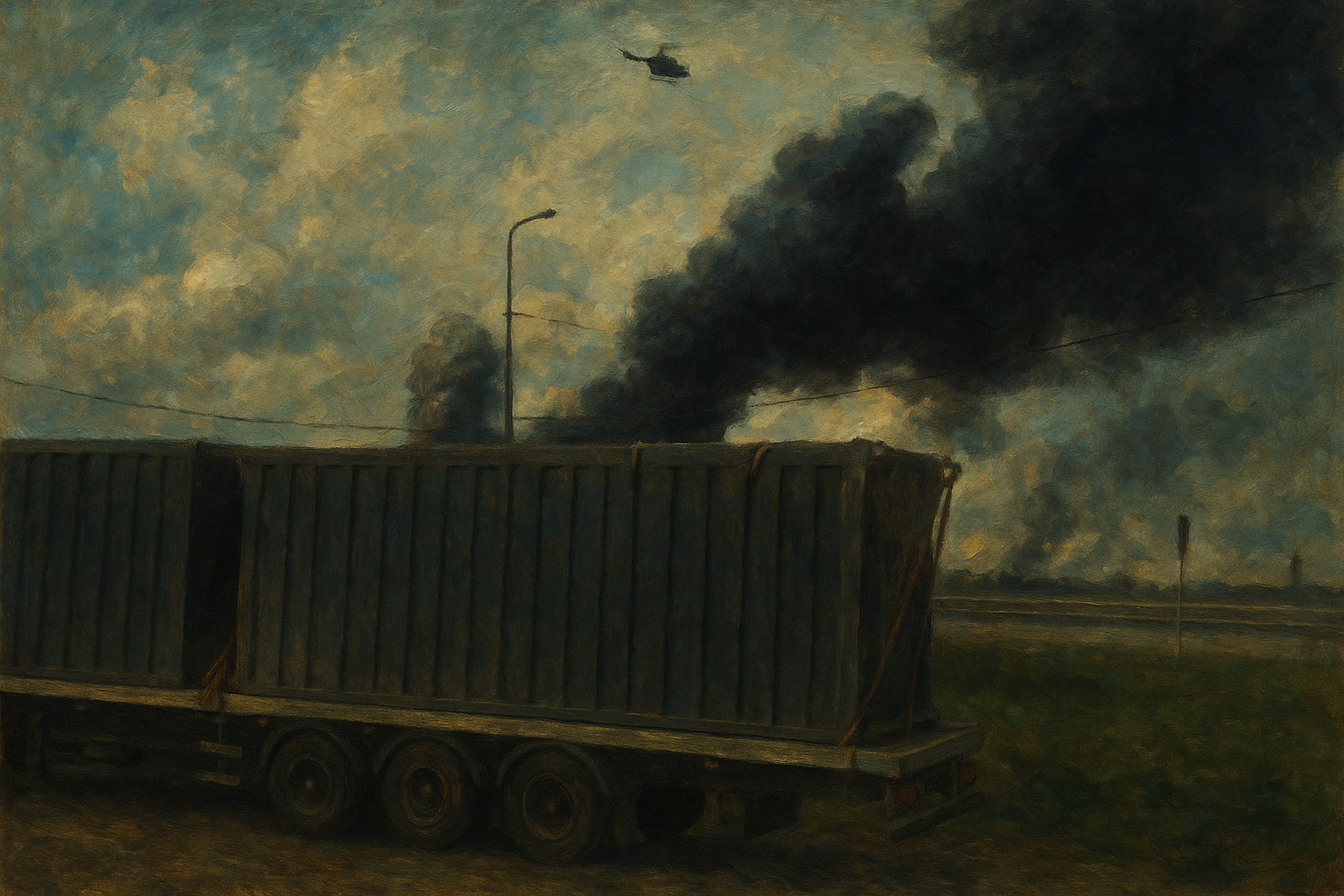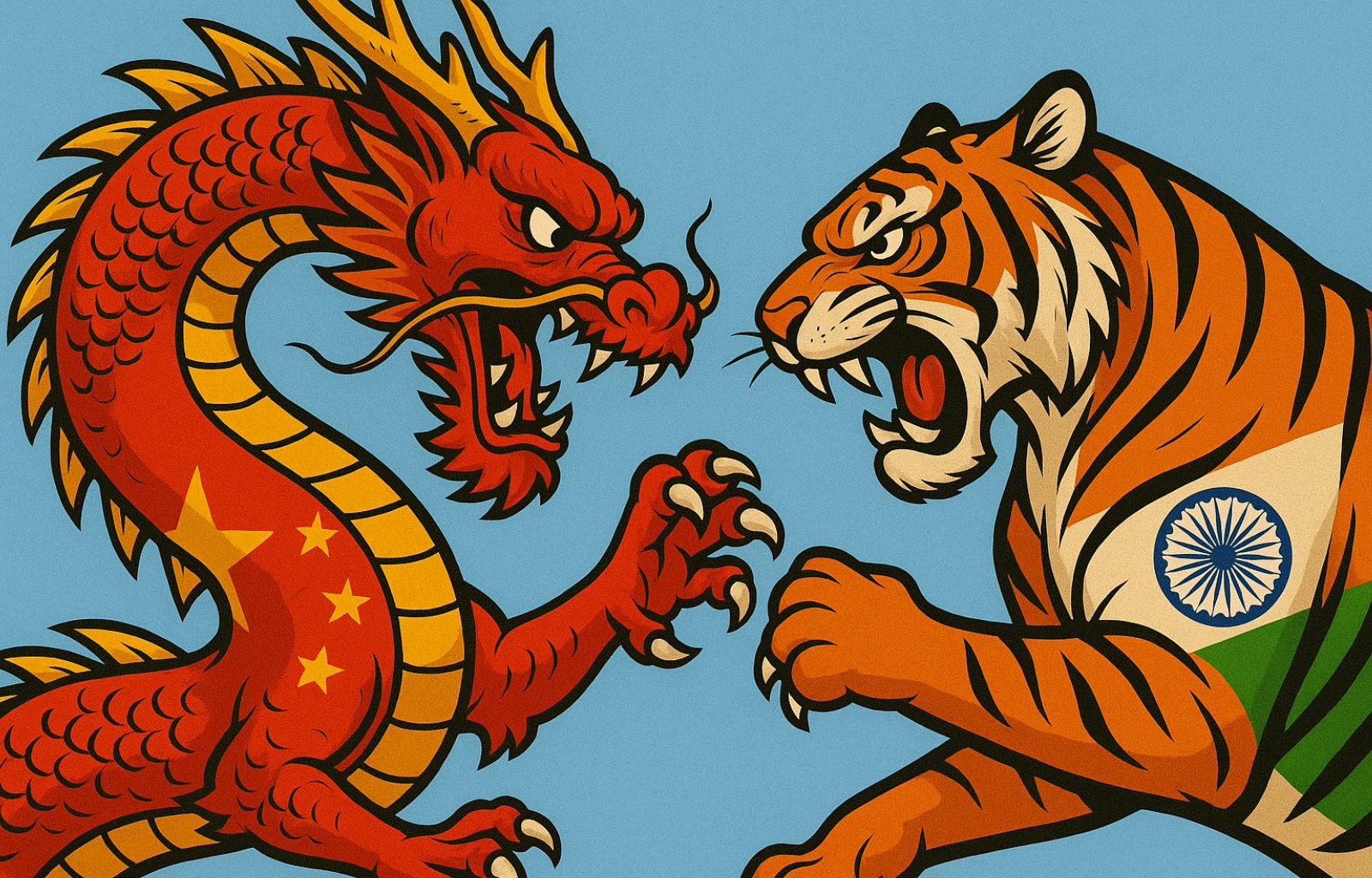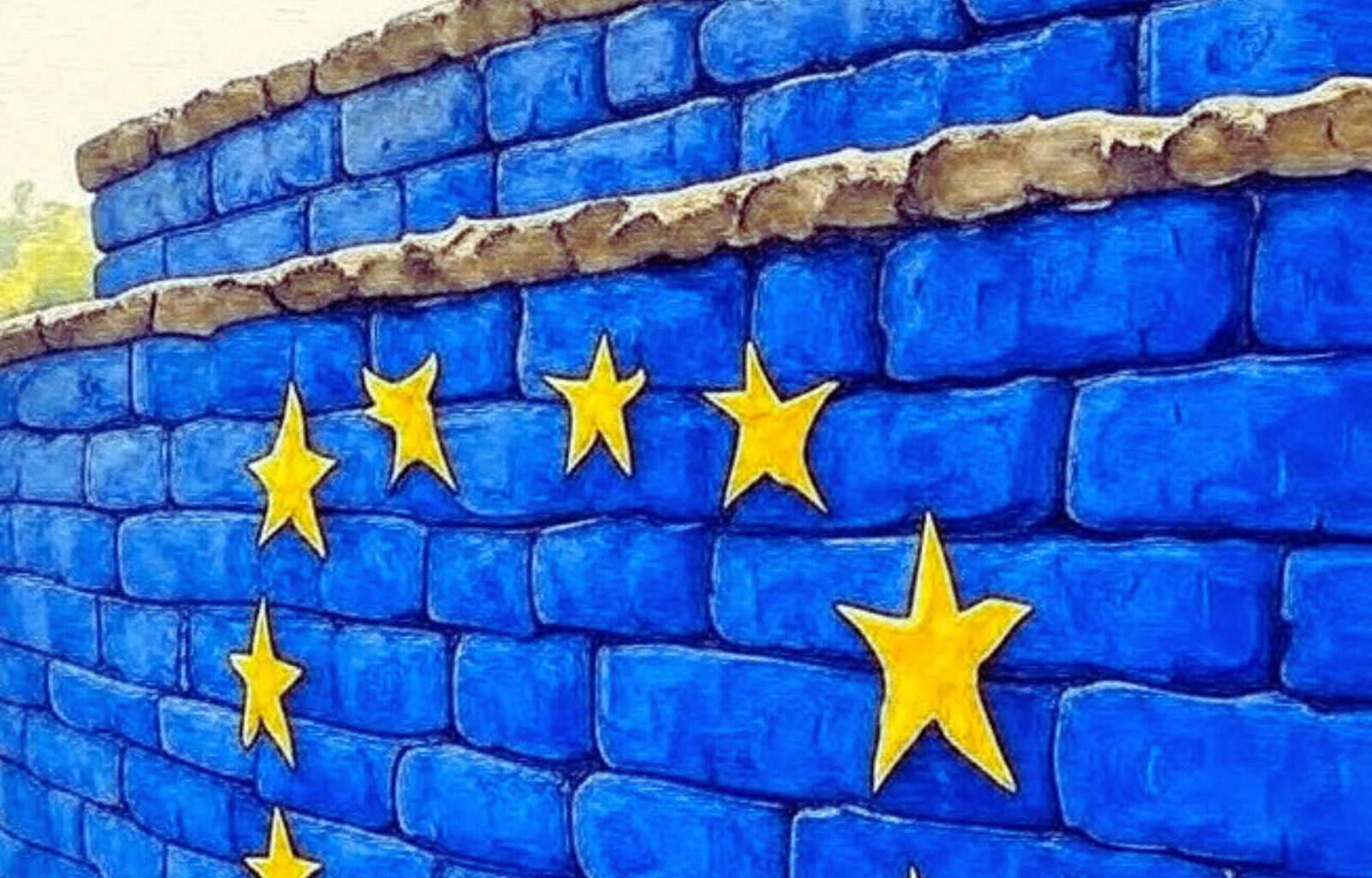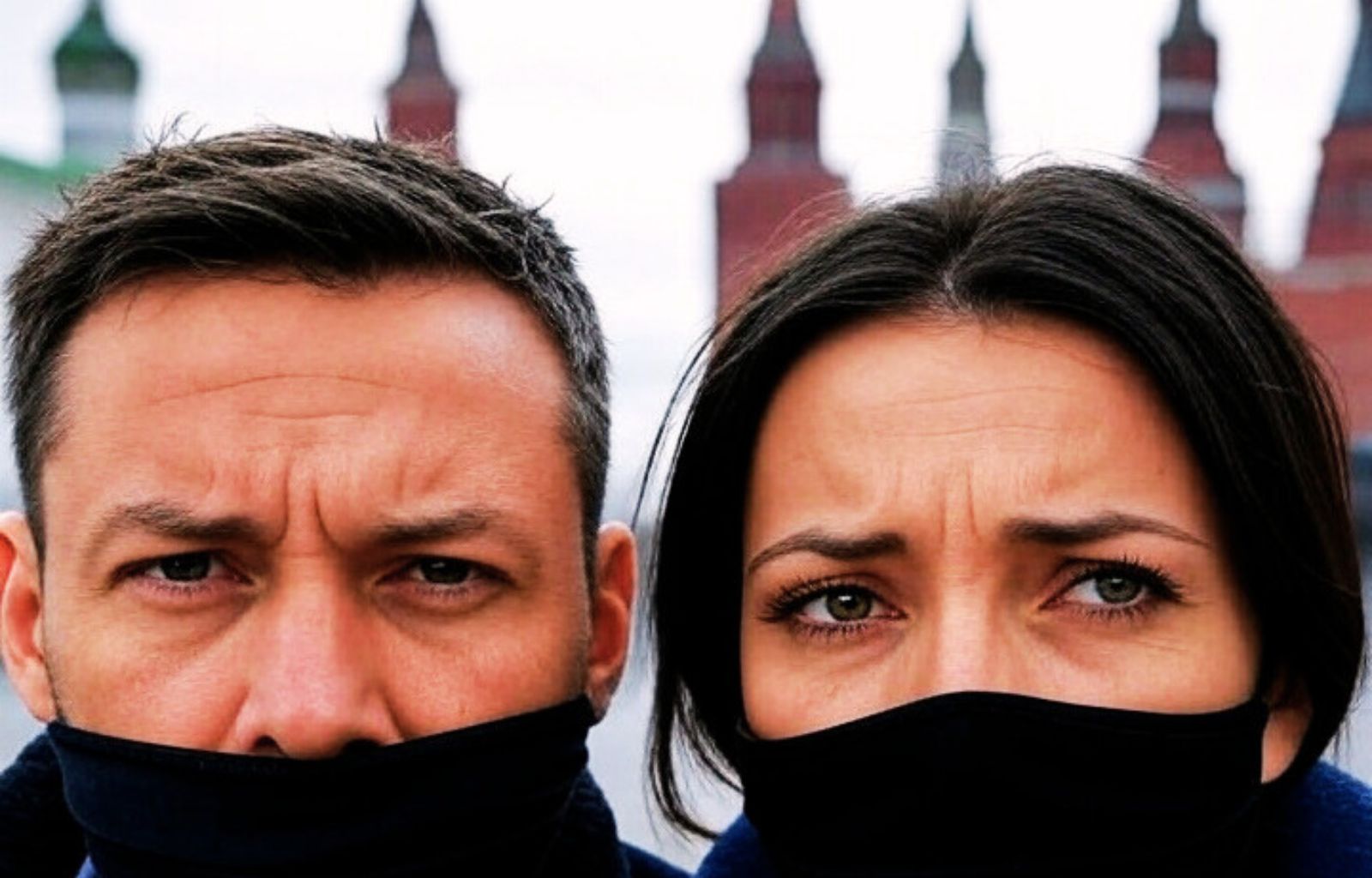Contemporary war developments: the Ukrainian conflict in 2025
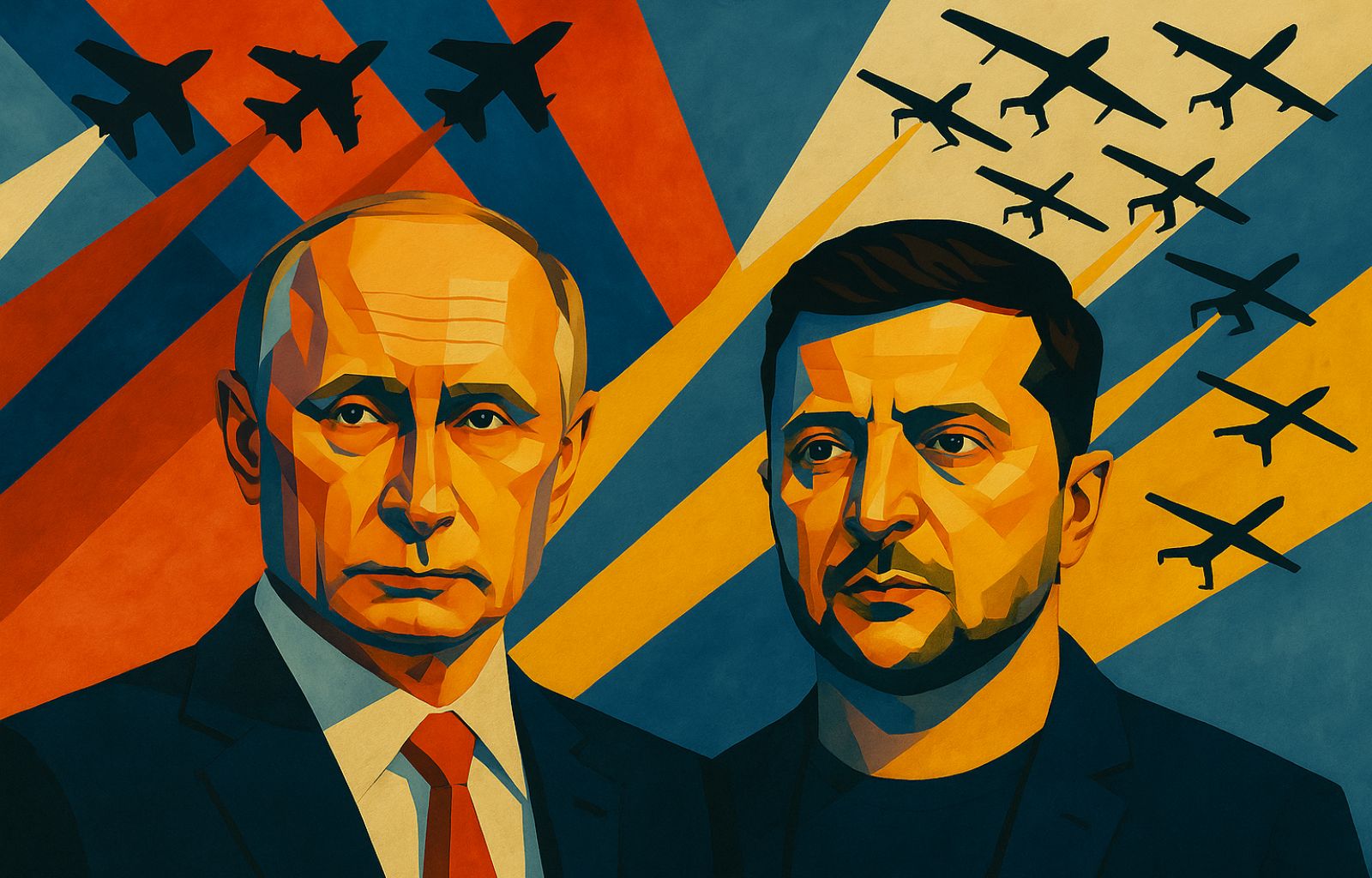
Three years after the start of the Russian invasion of Ukraine, the conflict has changed its skin, but has not stopped biting. It is no longer a war of swift conquest, as imagined by Moscow in the first hours of the offensive, nor a war of linear defence, as hoped for by Kyiv‘s Western partners. It has become a multi-layered war of attrition, in which the battle is fought on four overlapping planes: operational, informational, symbolic and narrative. In the field, drones and saboteurs move; in the rear, perceptions, internal balances and public opinion are manoeuvred. Time has become a strategic resource, but also a risk for both sides.
Geopolitical evolutions of 2025
In 2025, the international landscape around war has become more fragile and less cohesive. Geopolitical attention is dispersed, polarised by new regional crises and systemic competition that has called into question many of the priorities on the transatlantic front. Donald Trump ‘s return as a central political actor in the United States has cooled pushes for continued military support for Ukraine, fuelling uncertainty among European allies. Moscow, aware of this strategic fatigue, has chosen a wait-and-see tactic of progressive tactical adjustments and continued propaganda, waiting for an opportunity to rebuild its negotiating edge.
Meanwhile, Kyiv continues to exist and resist. But it is no longer the Ukraine of Bucha’s heroism or Kharkiv’s counter-offensive. It is a tired but lucid country, forced to continually reinvent its military and communicative posture to survive a conflict that has lost the classical structure of war. What remains is a symbolic and performative war, in which every targeted attack – like the one on the Russian air bases – or every tactical failure – like the one against the Kerch bridge – has a resonance that goes beyond the immediate outcome. A war that becomes a narrative, and which lives and survives by the narrative.

A war that changes skin – from the battlefield to the symbolic domain
The military dimension of the war in Ukraine in 2025 presents new features. Large-scale operations on the Ukrainian side have been drastically reduced, replaced by surgical and disruptive incursions: drones hitting Russian airbases, the constant return of attacks on the Kerch Bridge (the third since the beginning of the conflict), and targeted sabotage deep into enemy territory. These are not just resistance operations: they are actions designed to produce strategic effects through disorganisation, increasing the cost of Russian territorial control and destabilising enemy military logistics.
In addition to physical damage, these raids are conceived as strategic messages. It is not just the target that counts, but the symbolic value of the blow inflicted: a devastated airstrip, a blind radar or a struck bridge serve to communicate structural vulnerabilities rather than inflict decisive tactical losses. The Ukrainian war thus moves on the terrain of military semiotics, in which each attack is a performative act addressed to three addressees: the enemy, the allies and global public opinion.
The destruction of aircraft, depots or critical infrastructure should not be measured only in terms of physical damage. The real effect is the creation of structural insecurity at the very heart of the Russian military system. An example, in this sense, is the major attack on no less than five air bases, carried out using a mixture of creativity (trucks) and painstaking use of AI. This forced Moscow to revise its defensive priorities, to allocate increasing resources to the protection of its territory, compromising its offensive efficiency. The war, in this configuration, moves according to the logic of systemic warfare: logistics, communication, and perception.
Instead, the third attack on the Kerch Bridge, having failed to achieve its maximum objective, generated a (clearly narrative) problematic side-effect for Ukraine. Attempting such a sophisticated operation inevitably exposed the secret logistical channels used to approach the target. If such a complex operation fails, the enemy learns: the loopholes exploited are closed, and the next similar incursion will have to invent new ones. This is the price of visibility: showing capabilities often means compromising replicability.
On the Russian side, the response remains anchored to a traditional doctrine: ballistic missiles, kamikaze drones, attacks on urban centres. Moscow’s strategy is less innovative, but more brutal, and has a clear political function: to keep tensions high on the Ukrainian home front, destroy civilian infrastructure to undermine the population’s resilience, and produce a narrative of war’s inevitability. However, the Russian chain of command appears weakened: the lack of complex, covert and multidimensional operations suggests an inability to design and maintain internal control over the armed forces. Russia fights with brute force because it cannot afford anything else.
The perception of war rather than the battlefield
Modern warfare has changed morphology. It is no longer just advance or retreat: it is an integrated semiotic process, where perception management is as crucial as terrain control. The battlefield today includes the information flow, the viral algorithm and the public outrage curve. In this, Ukraine has built a stable narrative frame, which continues to be expendable on the diplomatic and media level: that of democratic resistance against Russian neo-imperialism.
Meanwhile, communication – which has always been central to this war – has taken on an even more obvious strategic value. Ukraine is using communication to reinforce the perception of its resilience, to continue gathering international support and, most importantly, to keep the war off the Western media agenda. Images of drones, daily reports on ministries’ social media, videos of special operations are all tools of geopolitical performativity: they build the narrative, consolidate consensus, and draw a binary scenario (Ukraine attacked, Russia aggressor).
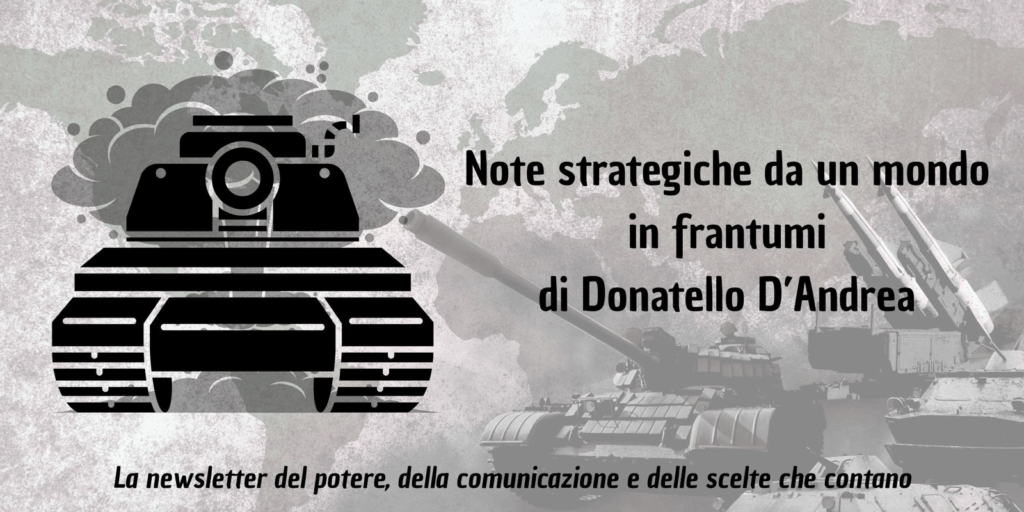
Russia, on the other hand, appears stuck in a twentieth-century type of war communication: intimidation, collective punishment, obsessive repetition of propaganda messages. Its inability to design complex military operations mirrors its deeper strategic rigidity: the narrative of muscle power as the only legitimisation of conflict. Civilian bombardment is not just a means of war: it is an integral part of the symbolic construction of the ‘fragile enemy’, of Ukraine punished for its obstinacy.
Frozen negotiations: the performativity of war communication
In 2025, the negotiating theatre of the Russian-Ukrainian war has entered a phase of communicative crystallisation. Rather than a real negotiation, we are faced with a diplomatic mise-en-scène in which each actor speaks to a different audience, pursuing objectives of narrative positioning rather than resolution. It is no longer the table that counts, but how you sit at it, who is watching you do it, and what you can make believe you are doing.
The performative dimension of the negotiation has become central: it is no longer a matter of finding an understanding, but of constructing discursive frames compatible with the needs of the respective internal fronts. Russia, led by a Putin increasingly attentive to the mechanisms of internal legitimisation, cannot afford any narrative of retreat, even considering the country’s precarious financial situation.
Any message of openness must first be tested internally: the idea of ‘negotiation’ must be absorbed by the population as a test of strength, not weakness. That is why every glimmer of negotiation is accompanied by a missile attack, a muscular declaration, a rhetoric of firmness. Russian diplomacy is ostentatiously inflexible because it must perform control.
On the other hand, Ukraine finds itself in an even more complex game: maintaining international support, avoiding the perception of surrender, and containing a public opinion that, although tired, cannot be disillusioned. Zelensky has transformed himself into a transnational communicative actor, moving between international talks, press conferences and video appeals as a global rather than regional leader. His figure has become institutionalised as a symbol: he cannot afford ambiguous openings without losing some of his accumulated symbolic capital.
Meanwhile, the United States has become a theatre apart. The re-election of Donald Trump has profoundly changed the grammar of the debate. His method of conducting international relations is based on unsettling, hyperbolic, and aggressive communication. His famous ’24 hours to solve the war’ have become months of ambiguity, in which no one knows what Trump really means, but everyone is forced to respond to that promise. The consequence is a discursive trap: any development in the conflict will be read as a personal success of the US president, even if it stems from independent factors.
In this climate, the dialogue between Washington and Kyiv has taken on theatrical overtones. The friction between Trump, Zelensky and Vance has become a permanent choreography of opposing statements, half-denials and strategic reformulations. The negotiating table does not exist in a concrete sense: it exists as a place evoked, exploited, cited, never practised. Negotiations are played out first in the media, then (perhaps) in private rooms.

The narrative imperceptibility of Europe in the multipolar world
Within the framework of this diplomatic performativity, Europe appears the great communicative absentee. Its leaders, although politically and economically involved, have not been able to construct an autonomous, incisive, recognisable narrative. The initiative is often left to individual capitals – Berlin, Paris, Warsaw and, as a minority partner, Rome – which move in random order, without a shared strategic frame. This communicative dysfunction weakens the continent’s negotiating capacity, which is only visible as a place of passive mediation, never as a narrating subject. The absence of a strong and coherent European voice delivers the stage to the dominant communicators – Moscow, Kyiv, Washington – leaving Brussels in a position of semantic irrelevance, despite its geopolitical and financial relevance.
War is not only fought: it is narrated. And the negotiating narrative is itself part of the confrontation. Putin takes time for a more favourable context to mature, aware that waiting can produce new cracks in Western alliances. Zelensky multiplies the signs of resistance, showing a ‘reasonable’ readiness to compromise without ever entering the actual negotiation phase. Trump, finally, maintains an ambiguity of power, which allows him to say everything and the opposite of everything, preserving the illusion of control.
It is diplomacy as performative spectacle, where the actors do not negotiate, but position themselves narratively. The negotiating truth does not matter: what matters is the perceived effect. Silence can be louder than a press conference. A tweet can delegitimise weeks of preparation. An ‘off the record’ statement becomes, in this context, a strategic act.
This is the real crux of diplomacy in 2025: not the construction of an agreement, but the construction of the context in which an agreement, if it ever comes, must be communicated as a victory. In the absence of this context, negotiation not only does not proceed, it is actively avoided, because it risks destabilising the dominant narratives. Until this logic is overcome, war will continue to be a form of armed negotiation of perception.
How war changes
The Russian-Ukrainian war in 2025 ceased to be a conventional war campaign and turned into an advanced laboratory of strategic and communicative experimentation. The front line, almost crystallised in many areas, has given way to a hybrid and dispersed conflict, in which technology, intelligence, special operations and propaganda shape new forms of armed confrontation. It is a war that is fought in physical space, but is increasingly being decided in informational space.
One of the most striking aspects is the growing importance of long-range and highly spectacular operations. The Ukrainian attack on Russian airports, the blows inflicted on logistics through deep sabotage, the strategic use of drones to target critical infrastructure – all this signals a war aimed not so much at territorial conquest as at thesystemic erosion of the enemy’s operational capacity. These attacks also become media events, multiplying their symbolic effectiveness: every drone that reaches Moscow is a direct message to the Kremlin and, at the same time, to the international public.
At the heart of this transformation is the progressive loss of centrality of the traditional battlefield. The theatre of war is no longer just the trench or the artillery emplacement, but the data centre, the compromised server, the symbolically strategic bridge like the one in Crimea. Ukraine has invested increasing resources in cyber capabilities and electronic warfare in an attempt to compensate for numerical and technological inferiority through intelligent tactical asymmetries. Human and digital intelligence has assumed a decisive role, fuelling long-term precision operations.
At the same time, the Russian military apparatus shows itself anchored to 20th century models: frictional warfare, intensive use of artillery, slow and costly advances. This strategic asymmetry also reflects a profound difference in organisational models: on the one hand a flexible, decentralised and partly adaptive system (the Ukrainian one), on the other a centralised, rigid machine compromised by endemic inefficiencies and clientelism.
The semiotic and narrative dimension in contemporary warfare
Every war operation is immediately transformed into content: videos, photos, reconstructions, social clips. Communication is part of the operation itself. The Ukrainian armed forces carefully construct the narrative of courage, resistance, national resilience. The Russians respond with defensive propaganda, which seeks to support the legitimacy of the intervention, often appealing to external threats or the supposed need for denazification. But theeffectiveness of these two narratives is asymmetrical: the Ukrainian one has found media and political backing in Europe and the United States, while the Russian one struggles to go beyond internal borders or established spheres of influence.
The conflict has then de-territorialised, taking on the features of a widespread war. Drones no longer just fly over trenches, but strike strategic depths, multiplying uncertainty. Every city can become a target, every infrastructure a vulnerability. This has induced a profound mutation in the management of national security, especially for Russia, which must now redefine its internal defence priorities.
A further level is motivational warfare. Maintaining the morale of troops and the civilian population has become a strategic goal, especially for Kyiv. The Ukrainian leadership has relied on a patriotic and moral narrative, supported by rhetoric combining historical past and democratic future. The ability to contain disillusionment, after the failures of the 2023-24 counteroffensive, is a crucial element of national resilience.
No less important is the adaptive dynamic of chains of command. While Ukraine has shown great capacity for distributed operational management, Russia has suffered from internal purges, the loss of mid-level commanders, and the opacity of strategic decisions. This has produced a slow, vulnerable system incapable of producing complex coordinated actions. And indeed, as noted, the Russian response to Ukrainian incursions has often been violent, symbolic but militarily sterile.
The new grammar of war
Finally, a new grammar of warfare has established itself, which sees sabotage, destabilisation and erosion as prevalent tools over conquest. The wars of the future, and the current one is the prototype, will see fewer pitched battles and more psychological operations, hybrid campaigns, continuous challenges to enemy command centres and infrastructure. In this sense, the war in Ukraine is Europe’s first truly postmodern war.
A further element that helps to understand the structural change in contemporary warfare concerns the failed Ukrainian attack on the Kerch bridge. It is not simply a matter of a missed target: that action represents an emblematic case of how the dimension of war has shifted from the tactical to the symbolic. The bridge, as a material infrastructure and propaganda narrative together, has become a target of high semantic density. Attempting to hit it – and failing – not only produces a failed operational result, but also generates a counterproductive communicative effect. Every visible failure is in fact a message, and in this case the message that gets through is that of the resilience of the Russian infrastructure system, reinforcing the Kremlin’s narrative in the eyes of its own population and the international community.
This episode demonstrates how the element of surprise, in a war of long duration and hypermediation, must be administered with extreme caution. Symbolic action must in fact be surgically calibrated: a spectacular but ineffective attack can produce the opposite effect, strengthening the adversary in its internal and external storytelling.
Understanding conflict in order to work out lasting peace
This new morphology of conflict also implies a rethinking of peace strategies. When war is everywhere and nowhere, when actors communicate while they fight and fight while they communicate, then conflict resolution can no longer be left to treaties alone. What is needed is a systemic redefinition of security conditions, the logic of deterrence and legitimacy.

Three years after the beginning of the conflict, we are faced with a war that has changed form but not substance. It is no longer a linear sequence of advances and retreats, but a war of influence, wear and tear, perceptions and symbols. Drone attacks in depth, like those on Russian airbases, represent thetechnological and strategic adaptation to a fragmented theatre of war, where the impact is measured more in systemic terms than in destructive counts.
Even tactical failures, such as the attempted Kerch bridge strike, are not neutral: they produce counter-intuitive effects, redraw operational margins and, if miscalculated, can weaken future options. It is a war fought as much in the skies as in the minds: in the way a success is communicated, a vulnerability is staged, a flaw is concealed.
In this context, peace is a rhetorical mirage rather than a diplomatic horizon. Negotiations are at a standstill not only for lack of convincing military results, but because a narrative framework within which to construct the plausibility of peace is lacking. Neither Moscow nor Kyiv can afford a narrative surrender: Putin is waiting for a revenge that can be sold internally as a victory of resistance, while Ukraine urgently needs to continue to show resilience and creativity on the war and strategy fronts to keep its population cohesive and Western support active. Donald Trump, on hold in the US polls, is an unknown factor that does not help the consolidation of a common diplomatic vision, while Europe trudges on, more concerned with its own internal political instability than with the resilience of the eastern front.
Ultimately, 2025 marks a communicative, rather than warlike, turning point: war has fully entered its performative phase, where every attack, every sabotage, every word is calibrated to alter the perceptual balance of the enemy, the ally, the observer. The real game is played on the legitimisation of narratives, on the possibility of constructing an end that seems acceptable without being perceived as a defeat. Without a shared narrative of the end, the war cannot end. It can only change again.


